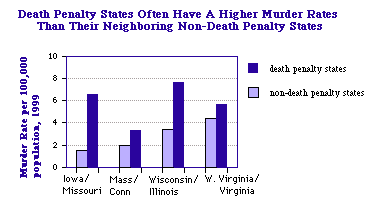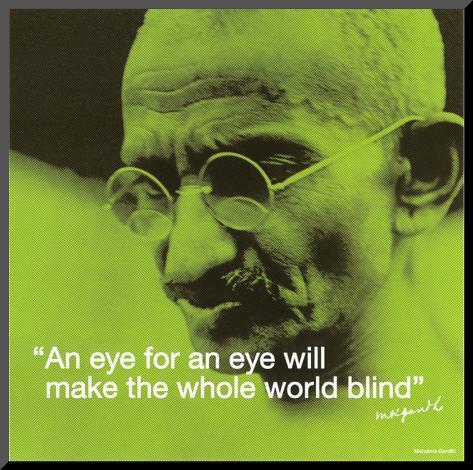"10 Infamous Cases of Wrongful Execution - Criminal Justice Degrees Guide." Criminal Justice Degrees Guide. Criminal Justice Degrees Guide.com, n.d. Web. 17 Oct. 2013.
"Cameron Todd Willingham." Wikipedia. Wikimedia Foundation, 14 Oct. 2013. Web. 16 Oct. 2013.
"Capital Punishment." Wikipedia. Wikimedia Foundation, 16 Oct. 2013. Web. 16 Oct. 2013.
"Cost - Georgians For Alternatives to the Death Penalty." Georgians For Alternatives to the Death Penalty. N.p., 2013. Web. 16 Oct. 2013.
"Murder Rates Nationally and By State." Death Penalty Information Center. DPIC, 2013. Web. 16 Oct. 2013.
"Reasons to Be Against the Death Penalty." Anti Death Penalty.org. N.p., 20 July 2011. Web. 16 Oct. 2013.
"Should the Death Penalty Be Allowed?" ProConorg Headlines. N.p., 2013. Web. 10 Oct. 2013.
Vollertsen, Nancy. "Death Penalty Focus." Death Penalty. N.p., Oct. 2013. Web. 16 Oct. 2013.
"Canada's Prison Population, Costs up Last Year." Toronto Sun. N.p., 11 Oct. 2012. Web. 15 Oct. 2013. <http://www.torontosun.com/2012/10/11/canadas-prison-population-costs-up-last-year>.
Canadian Government; Research and Statistics Branch. "Common Menu Bar Links." Correctional Service of Canada. N.p., n.d. Web. 14 Oct. 2013. <http://www.csc-scc.gc.ca/text/pblct/forum/e053/e053h-eng.shtml>.
"Corrections Research." Correctional Service of Canada. N.p., 18 Dec. 2012. Web. 15 Oct. 2013. <http://www.csc-scc.gc.ca/text/pblct/forum/e053/e053h-eng.shtml>.
Lowe, Wesley. "Pro Death Penalty." Pro Capital Punishment Page. N.p., 17 Jan. 2011. Web. 15 Oct. 2013. <http://www.wesleylowe.com/cp.html>.
"Pro Death Penalty." Pro-death Penalty.com. N.p., n.d. Web. 14 Oct. 2013. <http://www.prodeathpenalty.com/>.
"The StandDown Texas Project." 'The StandDown Texas Project' N.p., 27 Feb. 2012. Web. 14 Oct. 2013. <http://standdown.typepad.com/weblog/2012/02/the-cost-of-lethal-injection-drugs.html>.







